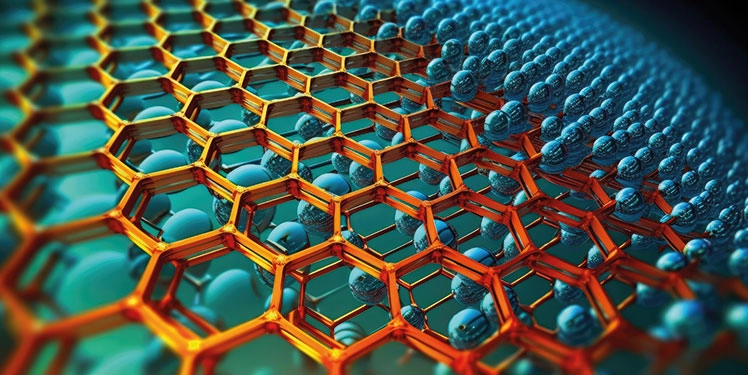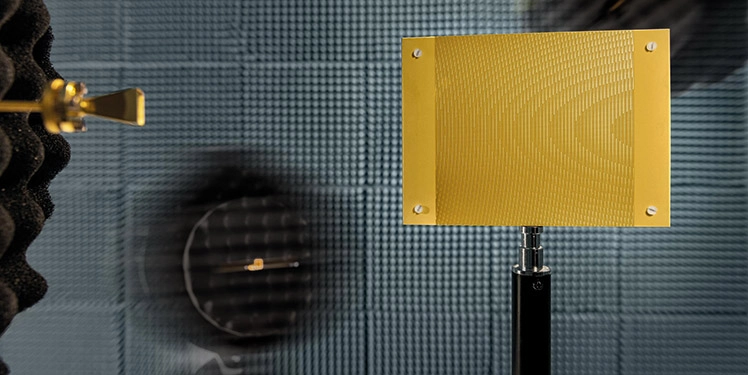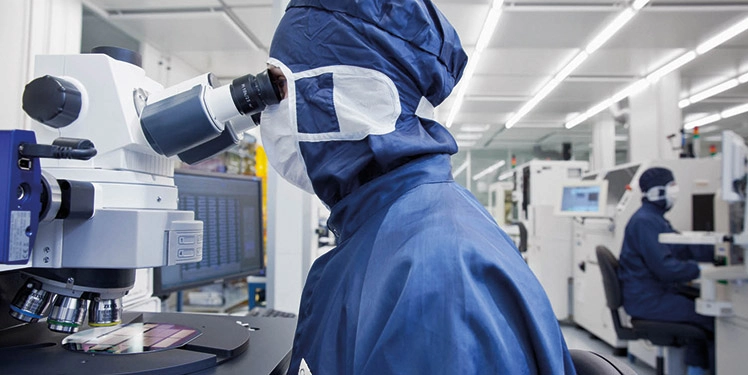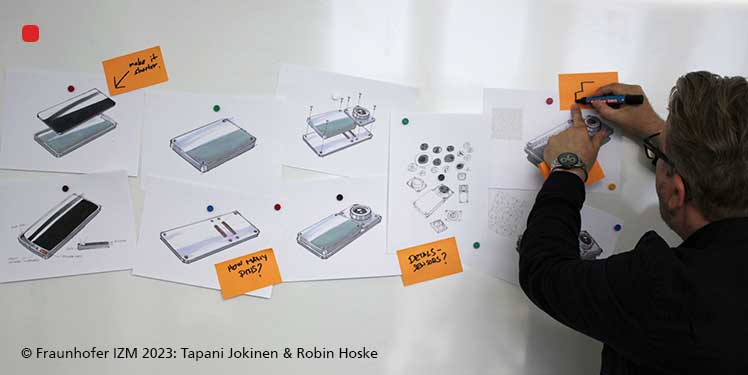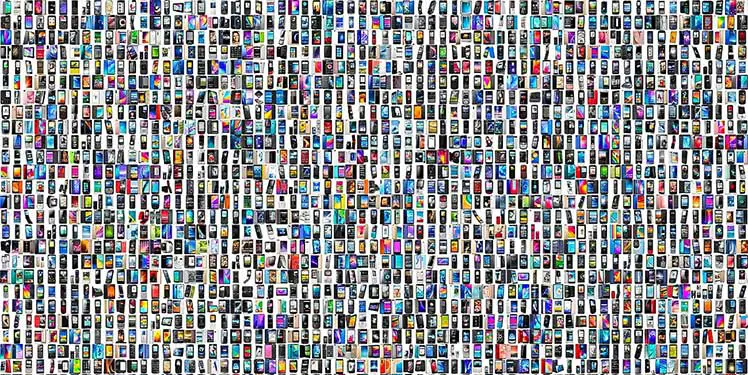Metamaterials: Future technology for MIMO antenna systems
Metamaterials are one of the promising technologies where researchers see great potential for the future evolution of next-generation radar and communication systems. Why might that be? The reason is simple: They can be produced and tailored specifically for certain application…

